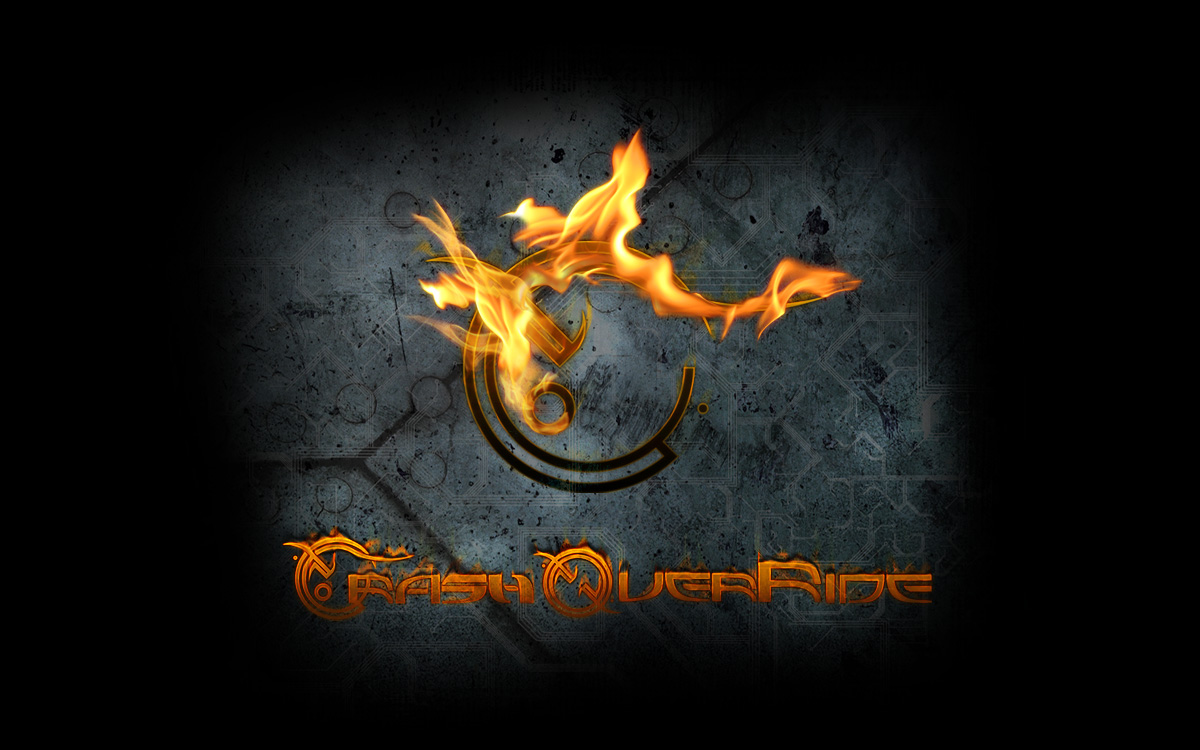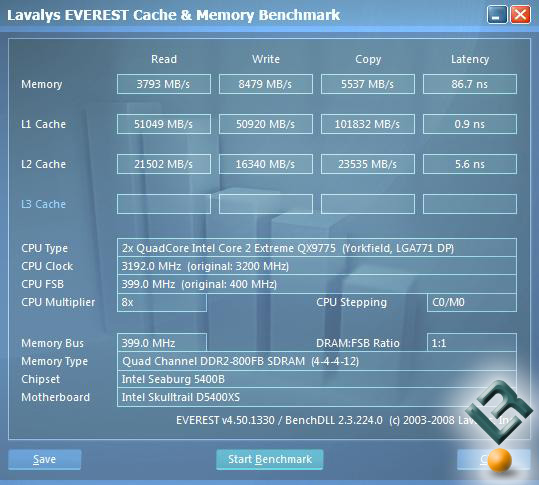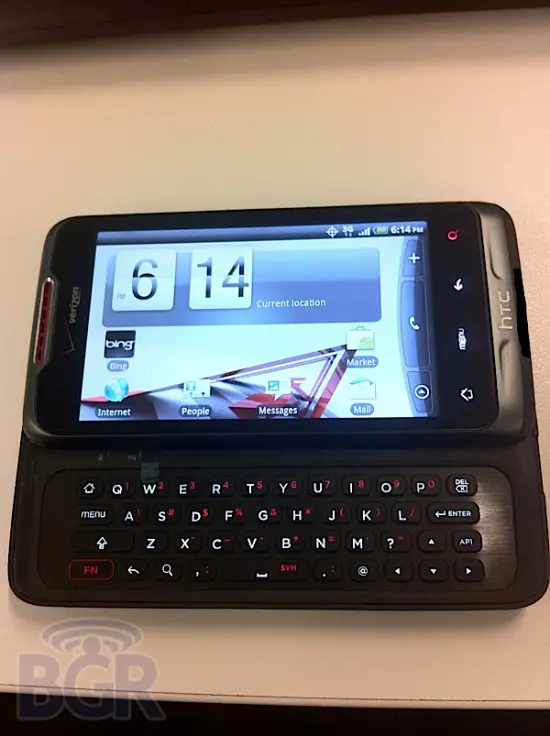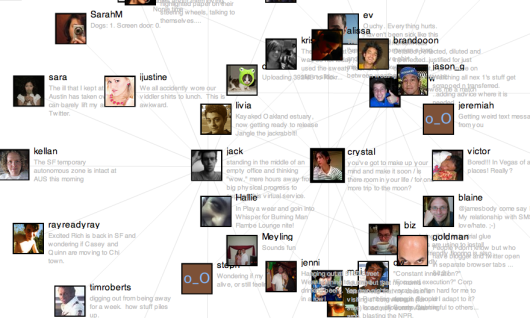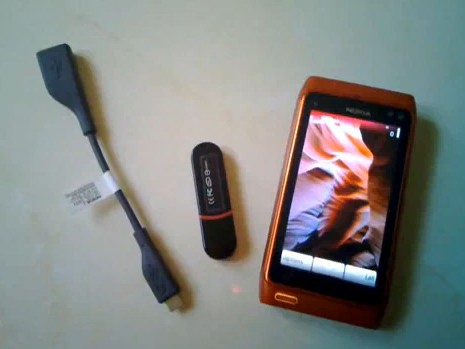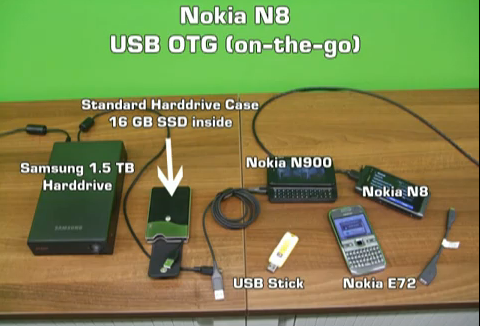Well we know these three from the market and lets see which one is the best and lets see which one is worth buying..
With these new variables, now is a perfect time to re-evaluate the e-book reader landscape and figure out which product is best for you. If you're an experienced shopper, you can jump straight to our list of top e-book readers; however, everyone else can consult this quick guide, which boils the purchase decision down to six questions:
1. How much are you willing to spend?
At the bottom of the price scale, you'll find lesser-known readers such as the Aluratek Libre and Kobo eReader that now cost as little as $99 to $129. However, we strongly steer bargain hunters toward the latest versions of the Amazon Kindle or the Barnes & Noble Nook. They're priced at $139 and $149, respectively.
If you want to step up to an e-book reader with built-in cellular data that lets you download books, magazines, and newspapers anywhere there's AT&T coverage, an additional $50 gets you the upgraded 3G models of both units mentioned above. The $189 Kindle or the $199 Nook. (There's no charge for the wireless service itself.)
If you want to pay a premium for touch-screen support (and ultimate portability), check out the new Sony Reader Pocket Edition PRS-350 ($179, full review coming soon). Unfortunately, it lacks any sort of wireless option, so you're required to download books to your PC first, then transfer them via a USB cable. (For touch-screen support plus built-in Wi-Fi and 3G, you'll need to spend $299 on the Sony Reader Daily Edition PRS-950, which also features a unique 7-inch screen.)
Amazon's large-screen Kindle DX and the Apple iPad dominate the high-end e-book reader market. The Kindle DX costs $379, whereas the iPad ranges in price from $499 (16GB, Wi-Fi only) to $829 (64GB, Wi-Fi plus 3G). Yes, both of these devices are considerably more expensive than the aforementioned readers, but the iPad is more of a Netbook or laptop competitor than it is an e-book reader competitor. The iPad offers a variety of step-up features--such as a color touch screen, full-motion video, and thousands of apps--that aren't available on more-affordable e-book models.
We know there are a variety of competing e-book readers available that we didn't mention, including the Entourage Edge and the Alex eReader. That's because we don't consider any of them truly competitive with the Nook, Kindle, Sony Readers, or iPad at their current prices.
2. How large of a screen (and weight) do you want?
Even if you plan to never leave home with your e-book reader, you should consider its size before buying one. Since you hold the device in front of you whenever you want to read, the weight and size can be an issue.
The smallest and lightest dedicated e-book reader we've seen to date is the aforementioned Sony Reader Pocket Edition PRS-350, which has a 5-inch touch screen and weighs just 5.5 ounces (without a case). At 8.7 ounces (without case), the latest Kindle is 15 percent lighter than its predecessor. The Nook rounds out the "light" group at 11.2 ounces.
If you want a truly large (9.7-inch) screen, you'll want to buy the Kindle DX or Apple iPad. However, at 1.2 pounds and 1.5 pounds (without case), respectively, some people find these devices to be too heavy to hold for long reading sessions.
Remember, all e-book readers let you adjust the font size of the content you're reading, so even a small screen can display much larger type than you're used to seeing in a book, magazine, or newspaper. In other words, a smaller screen does not mean you need to sacrifice readability.
3. What's your screen preference, e-ink or backlit LCD?
E-ink: As close as you'll get to a printed page
Dedicated e-book readers such as Nook, Kindle, and Sony Reader use an e-ink screen. However, e-ink screens have some drawbacks: They're black and white and the pages don't refresh as quickly as an LCD does. However, they do an excellent job of reproducing the look of the printed paper. With few exceptions, they're not backlit--so you can't read in the dark--but you can read them in direct sunlight, which is something you can't do on an LCD screen (just try reading your phone or laptop screen outside on a summer day).
If you prefer to read at night with e-ink, however, all is not lost; cases with built-in lights are available for the Kindle and the Sony Reader models.
(Credit: Apple)
LCD: Bright, backlit--and potentially tiring
In contrast, the iPad's LCD screen is a bright, colorful, beautiful display. It's also a full touch screen (the Nook has a small LCD touch screen that's used for navigation, but its larger e-ink display doesn't respond to finger swipes). But those advantages have trade-offs. The iPad's reflective screen makes it hard to read in bright light, and many people find that the backlight tires their eyes over long reading sessions.
So, which screen is better for reading: e-ink or LCD? We can't answer that question for you. If you don't have a problem staring at your laptop or LCD monitor screen for hours on end--or if you enjoy reading in low light without an external light source--you'll probably like the iPad's screen. However, if you prefer the look of newsprint or if you enjoy reading outside, an e-ink display is your friend.
We'd strongly recommend that you try a few devices before you buy one: iPads are on display at all Apple Stores and most Best Buys. Nooks can be found at Barnes & Noble bookstores and Best Buy. Kindles are available at Target and Staples, and new Sony Readers should soon be at Best Buy and other retailers. (Note that the Kindle and Sony Readers use the new and improved "Pearl" e-ink screen, whereas the Nook's is one generation older.)
4. Do you need always-on wireless data?
The entry-level Nook, Kindle, and iPad models only have Wi-Fi for going online; the $189 Kindle, the $199 Nook, the Sony Reader Daily Edition, and the more-expensive iPads have access to AT&T's 3G cellular network in addition to Wi-Fi. Notably, the 3G data service on the applicable Nooks, Kindles, and Sony Readers is free. On the iPad you'll pay a monthly fee to AT&T, but it's a prepaid monthly service, not a long-term contract.
The 3G premium on the Nook and Kindle is $50 each; on the iPad, it's $130, plus the monthly data bill. Is the extra money worth it? As with the screen decision, this is a personal preference. Personally, I think Wi-Fi is adequate for an e-book reader. If you plan to take a long trip to a remote area--the desert, mountains, moon, wherever--you can always download and purchase a long list of books in advance and take them with you on the reader.
For the iPad, which offers a wide range of additional online features--such as e-mail, video, a full Web browser, social networking, and so on--a 3G data connection may be a more useful feature. However, with more phones offering Wi-Fi hot spot functionality and establishments such as Starbucks offering free Wi-Fi, there are plenty of ways to get seamless online coverage with your reading device without it having 3G network support built-in.
5. Do you need access to your e-books on additional devices?
One of the advantages of having your reading collection "in the cloud" is that you can access your books on multiple devices, though some e-book vendors offer better cross-platform support than others do.
The Android Kindle App
(Credit: Screenshot by Jessica Dolcourt/CNET)
Amazon and Barnes & Noble are currently neck and neck when it comes to device support. In addition to their respective e-book readers, both vendors offer free apps on the iPad, iPhone/iPod Touch, Android phones, BlackBerry phones, Windows PCs, and Macs. So even when you leave the e-reader at home, for instance, you can pick up your book right where you left off and continue reading it on your phone or PC screen.
Sony currently offers Windows and Mac versions of its software (currently called Reader Library, soon to be rebadged as "Reader Desktop Edition"). The company has pledged to offer iOS (iPhone/iPod Touch/iPad) and Android Reader apps later in 2010.
For now, you can only read Apple's iBooks on the iPad, iPhone, and iPod Touch.
Kobo also has good cross-platform e-book support. In addition to Apple iPad/iPhone/iPod Touch, you can get a Kobo app for BlackBerry, Android, and Palm Pre phones.
The bottom line is that Amazon and Barnes & Noble currently have the best support for a wide variety of devices. But since this software is free, you can mix and match e-book stores as needed. You can also "try before you buy" as each platform offers hundreds, if not thousands, of public-domain books that you can download and read for free.
6. Do you need support for the EPUB format?
Each of the readers listed above can download and display books from their respective online bookstores, and the iPad works with several (Kindle, Nook, Kobo, and iBooks, to name a few). However, there's also an open e-book file standard known as EPUB. Using this format, you can obtain loaner books from certain online local libraries, as well as download free (mostly public domain, pre-1923) books from a variety of sources, such as Google Books.
Of the leading e-book readers, only the Kindle can not read files in the EPUB format. If that's a must-have feature, then, you'll want to steer clear of Amazon's reader. That said, thousands of the most desirable public-domain titles are available on the Kindle for free. As a result, we don't consider the Kindle's dearth of EPUB compatibility to be a black mark on the device.
